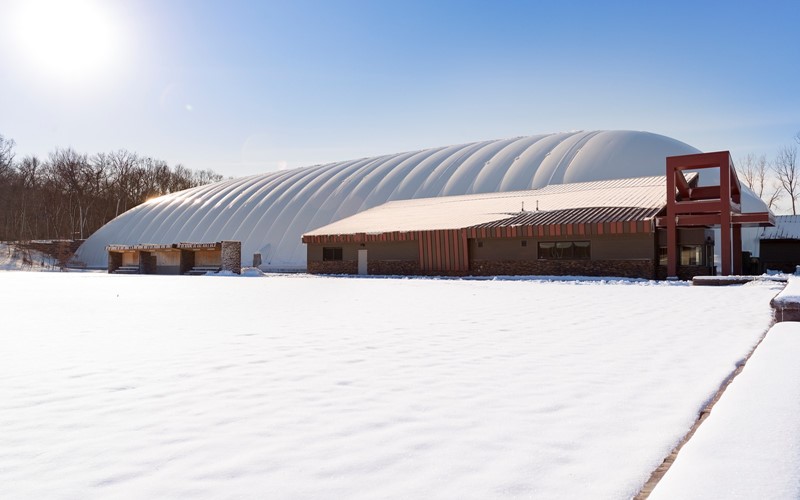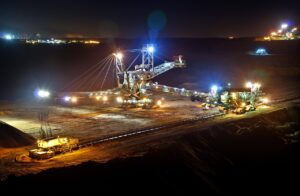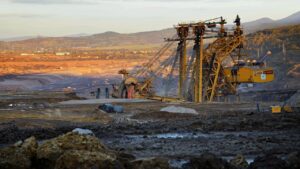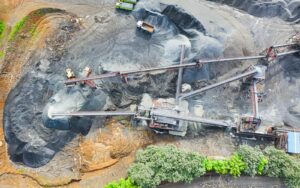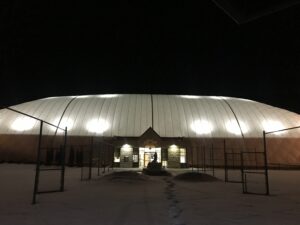Air supported domes are revolutionizing the sports industry by making year-round athletic activities possible in even the most challenging climates. From the frigid winters of Alaska to the scorching summers of the Middle East, these innovative structures are changing the game for athletes and communities worldwide.
Conquering Cold Climates
In regions where winters bring heavy snowfall and sub-zero temperatures, air domes provide a haven for sports enthusiasts:
- Insulation: Advanced materials and design techniques keep interiors warm and energy-efficient.
- Snow load management: Dome shapes naturally shed snow, while heating systems prevent accumulation.
- Year-round use: Sports traditionally limited to summer months can now be played year-round.
Case Study: A community in northern Canada installed an air dome over their local soccer field, extending the playing season from 3 months to 12 months per year.
Beating the Heat
Air domes are equally effective in hot, arid environments:
- Climate control: State-of-the-art cooling systems maintain comfortable temperatures.
- UV protection: Specialized fabrics block harmful rays while allowing natural light.
- Dust mitigation: Sealed environments keep sand and dust at bay.
Example: In Dubai, an air-supported structure hosts tennis tournaments year-round, despite outdoor temperatures often exceeding 40°C (104°F).
Adapting to High Altitude
For sports facilities in mountainous regions, air domes offer unique benefits:
- Pressure regulation: Advanced systems maintain optimal internal pressure despite thin air.
- Weather protection: Shelters athletes from intense UV radiation and unpredictable mountain weather.
- Altitude training: Controlled environments allow for safe high-altitude training programs.
Coastal Considerations
In coastal areas prone to hurricanes and tropical storms, air domes provide:
- Wind resistance: Many modern air domes can withstand wind speeds up to 120 mph.
- Quick deflation: In extreme conditions, domes can be rapidly deflated for safety.
- Corrosion resistance: Materials are designed to withstand salty, humid air.
Overcoming Environmental Challenges
Air domes help sports facilities tackle various environmental issues:
- Air quality: In areas with high pollution, filtered air systems provide clean breathing environments.
- Noise pollution: Acoustic designs minimize external noise, ideal for urban settings.
- Light pollution: Controlled lighting reduces impact on local ecosystems and astronomy.
Energy Efficiency in Extreme Climates
Despite operating in challenging conditions, many air domes maintain impressive energy efficiency:
- Solar integration: Some domes incorporate photovoltaic fabrics for power generation.
- Geothermal systems: In cold climates, geothermal heating reduces energy consumption.
- Smart climate control: AI-driven systems optimize temperature and humidity levels.
Economic Impact
By enabling year-round sports in extreme climates, air domes provide significant economic benefits:
- Extended tourism seasons for sports-related travel
- Increased job opportunities in sports and recreation industries
- Enhanced property values near year-round facilities
Challenges and Innovations
While air domes offer numerous advantages, they also face unique challenges in extreme climates:
- Material durability: Ongoing research focuses on developing fabrics that withstand intense UV exposure and temperature fluctuations.
- Emergency protocols: Facilities must have robust plans for rapid evacuation in case of severe weather events.
- Maintenance: Regular inspections and maintenance are crucial to ensure longevity in harsh conditions.
Conclusion
Air supported domes are truly game-changers for sports in extreme climates. By providing controlled, year-round environments, they’re opening up new possibilities for athletes, coaches, and communities in areas once considered inhospitable for many sports.
As technology continues to advance, we can expect even more innovative solutions that will further enhance the performance and efficiency of air domes in challenging environments. This ongoing evolution ensures that regardless of external conditions, the sports industry can continue to thrive and grow, bringing the joy of athletics to every corner of the globe.
AI-Assisted Content Disclaimer
This article was created with AI assistance and reviewed by a human for accuracy and clarity.

